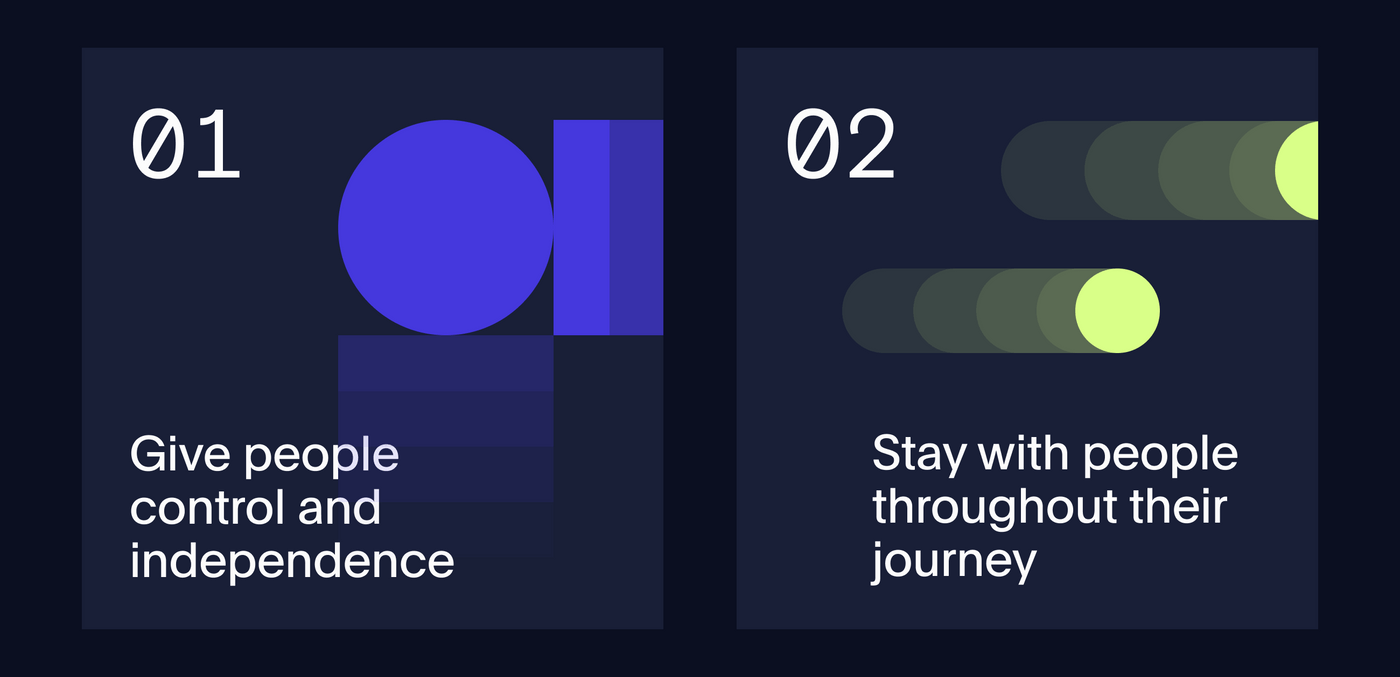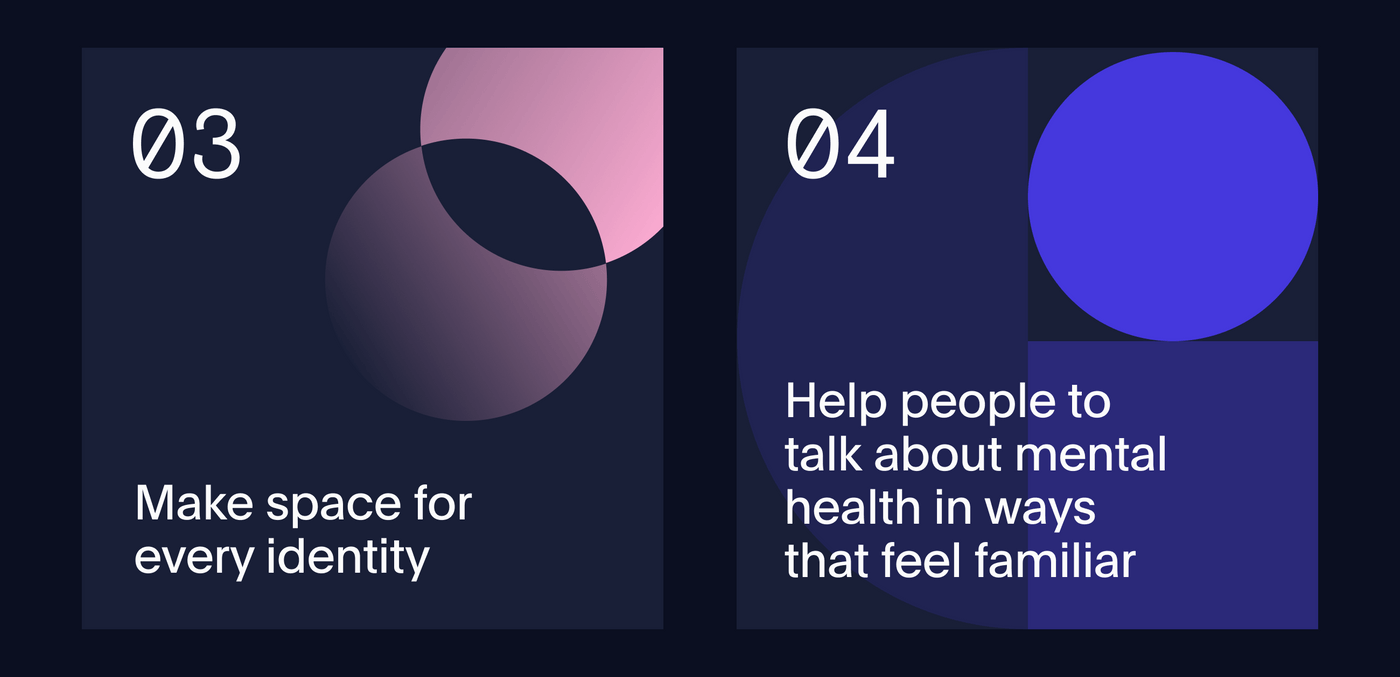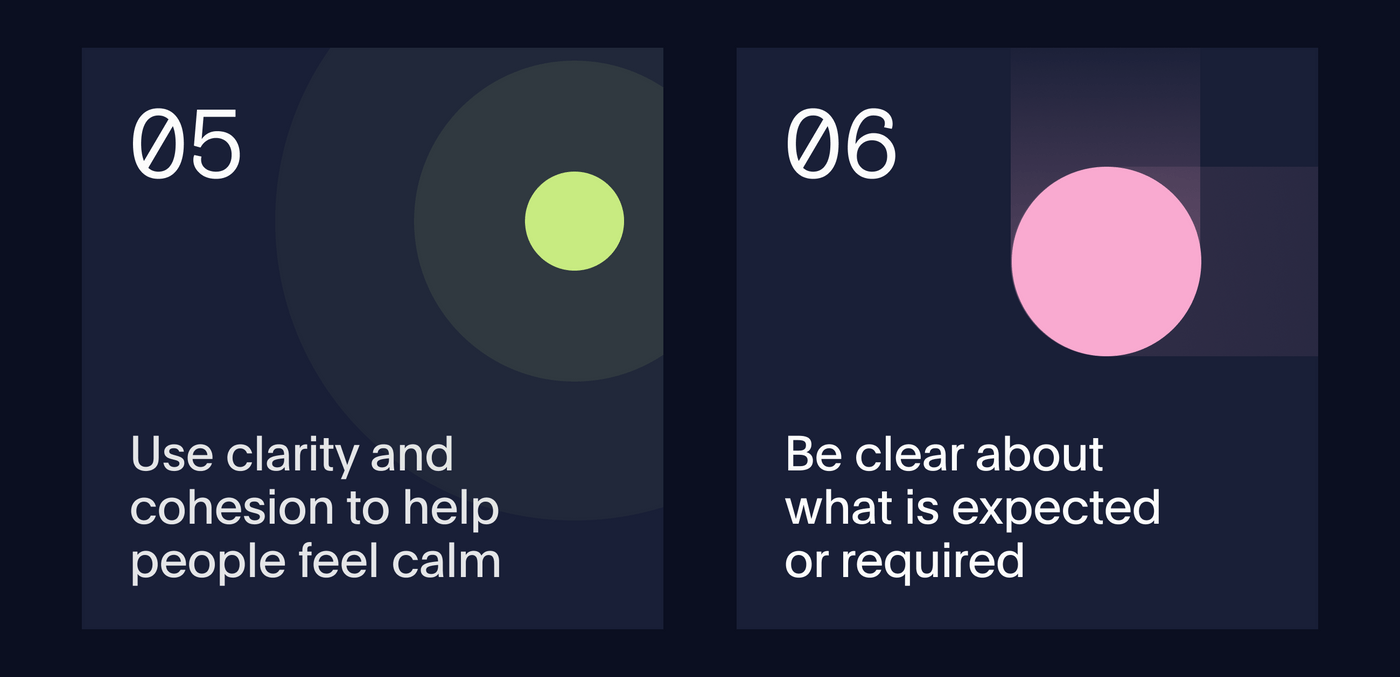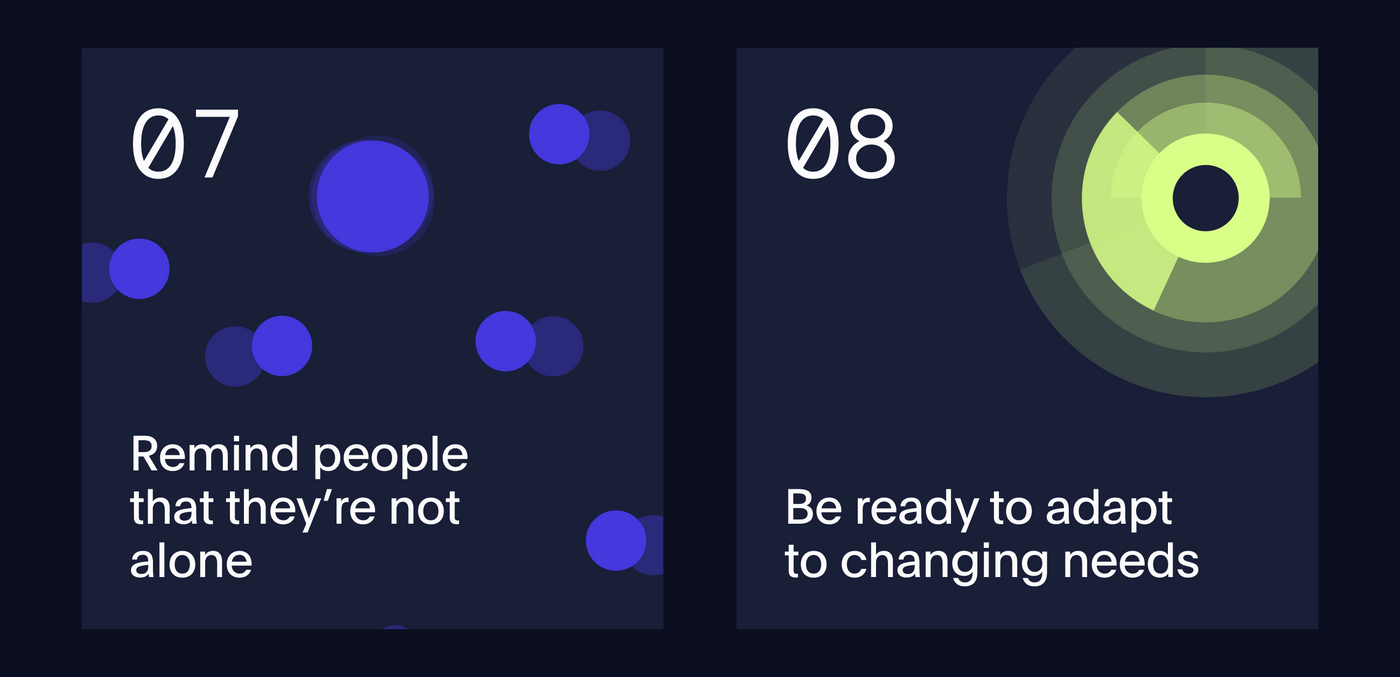The conversation around mental health is getting louder. With 1 in 5 Australians aged 16-85 experiencing a mental illness every year, and at least 6 Australians dying by suicide per day, it cannot be ignored.
In late 2020, the Australian Productivity Commision released their final report highlighting the effect of mental health on people’s ability to participate in and prosper in the community, and making wide-ranging recommendations for reform. The recent findings of the Royal Commission into Victoria’s mental health system have left the state trying to understand a system Premier Daniel Andrews is calling “broken.” Along with a pandemic that has only further highlighted the critical importance of better access to mental health services, the need for change is clear.
As an area we hope to make a positive and transformational impact in, the team at Portable are passionate about working with the mental health sector and have made it a core focus of our practice. Amongst other great projects, we’ve had the opportunity to use human-centred design to create new digital services for headspace and co-design Orygen’s #chatsafe suicide prevention campaign with young people.
We wanted to reflect on the work Portable has already done, thinking about the things that have worked, the things that have failed, and the things we have learnt over time, and turn them into principles we can use and test in our upcoming projects.
These design principles are our first draft. We hope to iterate, dismantle and rewrite as we test and learn from them.
We welcome feedback from the sector or from similar sectors, from designers, project managers, front line workers, clinical staff or even those with lived experience of mental health.
We have provided a space for reflections and feedback to be shared on whether these principles resonate with you at the end of this article.
These 8 principles for designing in the mental health space are our working assumptions, based on things we have done before, and things we have learnt from others.
We are excited to test them by putting them into practice in our research and across our projects in the sector.
Whilst continuing our work in the sector, we hope to learn more about how these principles might be applied in our practice. We expect them to shift and change shape as we share and discuss them with others in the design and mental health fields, and we will revisit them with more understanding around what they might mean for Portable projects in the future.
01
Give people control and independence
Mental health can often make a person feel like they have lost control of their thoughts, or that the world is moving too fast. With this in mind, we can use design to support people to feel they have ownership and control over their choices and how they participate. It is important a person is able to involve others in decision making, while still remaining informed and in control of the final outcome.
02
Stay with people throughout their journey
Mental health care does not have a set time limit. Caring for and improving your mental health can be a long journey. It requires ongoing work and determination from the individual. Services and tools must be built for longevity, encouraging users to return, recognise their progress, and reassess themselves often.

03
Make space for every identity
Our identity is more than our appearance. We each think about identity differently, and not being seen by others in the way we want can be both a catalyst and compounding factor in poor mental health. Issues around identity based trauma are particularly prevalent in groups such as First Nations and LGBTQIA+ communities. Services that acknowledge and support multiple ways of expressing identity can help people feel seen, protected and understood.
04
Help people to talk about mental health in ways that feel familiar
Our individual context, personality, culture and education impacts the way we recognise, think and talk about mental health. While some people might go to their GP with physical symptom complaints, others will have a situational challenge such as bullying, or work related stress. Design for mental health must take into account these differences in language, approach and understanding to ensure people can find the support they need in a way that feels comfortable.

05
Use clarity and cohesion to help people feel calm
The tools and experiences we design play only one small part in a person's life. People access tools in a diverse range of circumstances and mental states. This is particularly likely when designing tools for mental health, where people can be experiencing high levels of stress or uncertainty. While we can't control the external factors affecting someone's experience, we can design to help them by reducing cognitive load, prioritising clarity and cohesive information, and supporting people who might need immediate direct help.
06
Be clear about what is expected or required
For many people, a journey in mental health care is new and unknown. At times of uncertainty, it is important to be transparent in order to help manage people’s expectations, and help them to set themselves up for success. People should understand how long something might take, why they are being asked to do a task, where their data or information is going, and what the path forward looks like.

07
Remind people that they’re not alone
Struggling with your mental health can feel lonely and isolating, particularly for those experiencing it for the first time. In many communities, stigma around mental health discourages people from accessing care or finding communities of support. Design can play a part in normalising mental health by validating the experiences of others, encouraging people to learn from each other and acknowledging action and recovery.
08
Be ready to adapt to changing needs
When it comes to mental health, there is no one-size-fits-all approach. While we can learn from the successes and journeys of others, we also know that each person’s story is unique. Mental health is rarely a linear journey, and as people grow over time, their needs can change both positively and negatively. A holistic and flexible approach is needed when designing for mental health to make sure people can easily access the things they need, when they need it.
